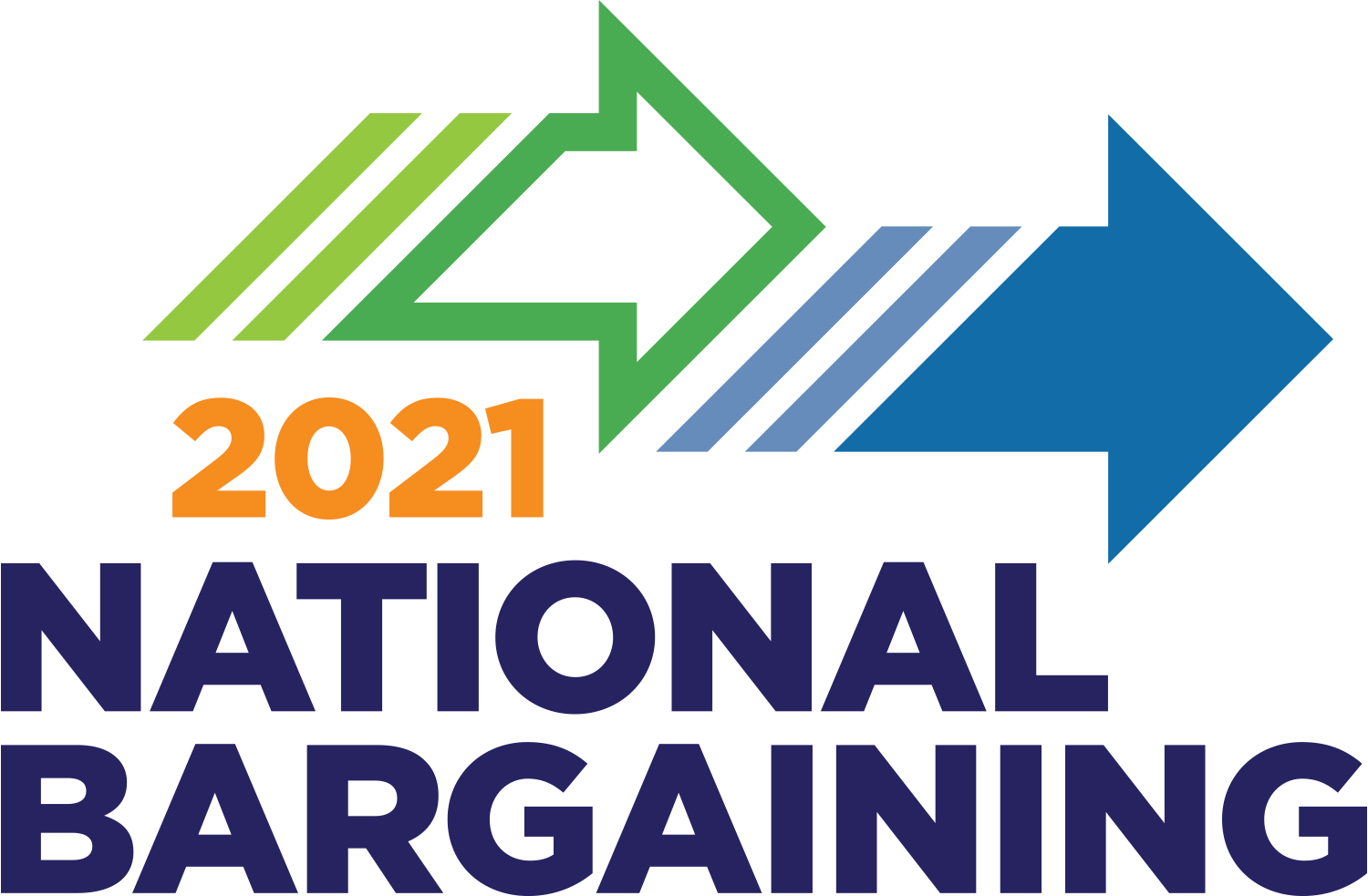
High-performing teams, like this critical care team in Baldwin Park Medical Center, are the key to improving and sustaining the quality and affordability of U.S. health care.
Experts challenge health care industry to think differently, do better
Two scholarly journals recently offered fresh perspective on the challenges facing the U.S. health care industry. And Kaiser Permanente is taking a distinctive approach to these challenges.
The New England Journal of Medicine (October 13, 2011), in “Rethinking Health Care Labor,” raised provocative questions about the most expensive piece of the U.S. health care system: Wages and benefits, which accounted for 56 percent of the $2.6 trillion spent on health care in the United States in 2010, according to authors Robert Kochner, MD, and Nihil Sahni.
“Yet,” they write, “unlike virtually all other sectors of the U.S. economy, health care has experienced no gains over the past 20 years in labor productivity.”
The productivity pressures will increase when health care reform opens access to care to 34 million additional people. If the health care workforce grows proportionately, costs will increase by 13 percent, or $112 billion, the authors estimate. “Therefore, to be successful, any effort to slow the rate of growth of health care spending will require a change to the labor structure.”
The one best choice
They cite just three alternatives: reducing headcount, lowering wages or improving productivity. The authors conclude:
Improving productivity "is the final, and realistically most viable, option that provides the greatest return. . . . We will need to redesign the care delivery model much more fundamentally to use a different quantity and mix of workers engaging in a much higher value set of activities. . . . This solution implies eliminating myriad time-wasting, low-value activities; increasing our use of technology, data, evidence, and teams; increasing standardization to avoid rework; and relying on evidence-based personalized care to avert complications.”
More than 3,400 unit-based teams across Kaiser Permanente are working jointly to support similar, value-adding activities. As the article makes clear, the stakes are high.
In “To Fix Health Care, Ask the Right Questions” (Harvard Business Review, October 2011), Henry Mintzberg, faculty director of McGill University’s International Masters for Health Leadership program, looks at the industry’s flawed response to cost control.
Busting a business myth
Mintzberg challenges the “myth. . . that costs can be brought under control by running health care more like a business and encouraging more competition.” Instead, he argues for “adopting successful practices that are already in use—practices that are informed by good management (even if they don’t conform to caricatures of ‘competitive’ and businesslike’).” Mintzberg recommends four such practices:
- Look to people on the ground, not outside experts, for ideas for real improvements.
- Build communities that engage people rather than conventional hierarchies that control them.
- Stop debating the merits of public vs. private governance.
- Encourage greater collaboration.
He cited KP’s model of nonprofit governance, and its approach to collaboration and integrated, preventive care, as models for others in the industry to consider.
